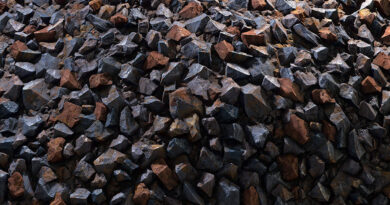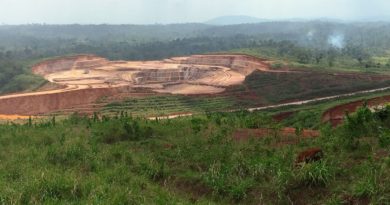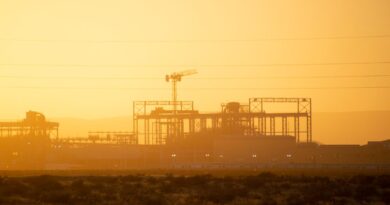Glencore Alloys explores cogeneration and clean energy projects
Glencore’s ferrochrome business confirmed that it is exploring cogeneration projects at its South African sites, while also giving an indication that it is interested in developing forms of clean energy.
The comments were made by Glencore at a media conference last week following the release of the Swiss headquartered company’s annual results for 2020.
In Q1 2020, the South African government announced plans to ease regulations surrounding private power generation to allow industry to explore options outside of Eskom for power production. Later, in October 2020, the government announced its approval of an export tax on chromite ores, alongside energy-focussed efficiency, cogeneration and self-generation measures aimed at supporting the country’s struggling ferrochrome industry.
Eskom, the state-owned power utility, has continuously increased tariffs over the last two decades, while grid reliability has become increasingly problematic with rolling blackouts known as load shedding becoming quite common in the country.
Over the last 15 years, electricity tariffs have increased over 300% in US$-terms (worse in South African Rand terms) and a further 15.63% hike in tariffs is set to be implement from 1 April, with more to follow.
These persistent electricity hikes have had the effect of eroding the competitive advantage of domestic ferrochrome furnaces, resulting in several furnaces being closed during the past decade, the latest plant being Glencore’s Lydenburg plant.
While the 2020 announcements surrounding private power generation were keenly welcomed by the domestic mining industry, it remains to be seen how this may affect the cost structure of domestic ferrochrome producers.
Glencore’s recent comments do however give an initial indication that there is an appetite, in the industry to invest in private generation capacity at scale. Glencore’s comments on clean energy alternatives may also signal a shift towards being more “green energy” conscious in the domestic ferrochrome industry.
This follows recent structural reforms in the Chinese ferrochrome industry, aimed at improving plant efficiencies to limit overall emissions, as well as a global initiative overall starting to move towards “green steel”.
Roskill says that with an increasing focus on ESG criteria throughout the broader extractive and manufacturing sectors, recent developments suggests that the global ferroalloys industry is following suit, with a greater emphasis on energy efficient and green production, through sustainable energy sourcing.
Roskill’s Chromium: Outlook to 2030, 16th Edition report provides up-to-date market insights on chromium supply, demand, trade and prices together with forecasts that lay out the fundamentals of the industry.




